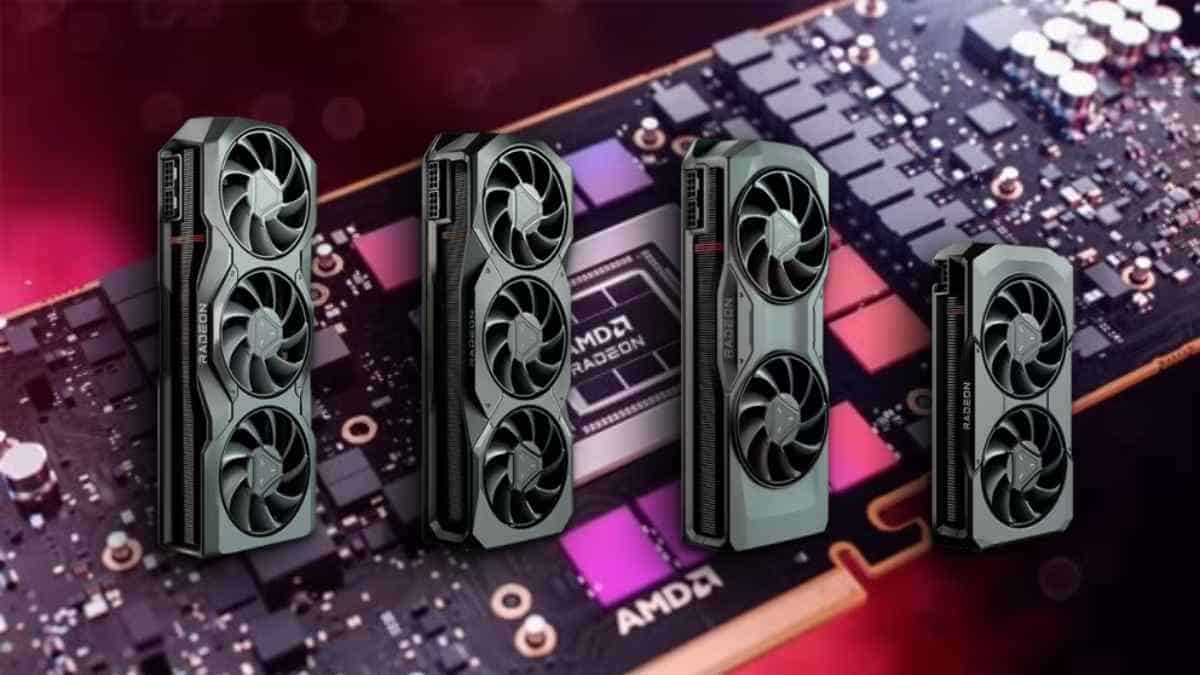Video Gamer is reader-supported. When you buy through links on our site, we may earn an affiliate commission. Prices subject to change. Learn more
AMD has introduced Fluid Motion Frames, a driver exclusive to Radeon graphics cards that can boost frame rates in all DX11 / DX12 games. The main difference between this and traditional frame generation is that there’s no reliance on game developers to implement it into the game, and can instead let the drivers do the talking now.
While this practice doesn’t yield results with the same fidelity as FSR and DLSS, the ease of being able to enable frame rate upscaling across all games without the issue of selective compatibility is now a huge obstacle for Nvidia.
The race between Nvidia and AMD has long since waned in the favour of Team Green, though AMD’s Aaron Steinmann has said that “[Nvidia are] probably going to need to do something similar” to keep.
AMD’s Fluid Motion Frames is the first example of driver-powered frame generation. Consider it a blanket performance boost for nearly every PC game you can imagine. Compare that to the frame generation that we’re traditionally used to: Nvidia’s requires RTX 40-series cards for DLSS 3 frame gen, while AMD’s FSR 3 is yet to reach the same performance level. Now, though, gamers using older hardware will finally get a taste of what AI upscaling can do.
According to AMD’s driver release notes, AMFM will see an average of a 97% increase in 1080p performance while using FSR 2 and the RX 7600 XT, which releases on the same day, and 103% increase when using 1440p, FSR 2 and the same graphics card.
The driver update arrives just in time for the release of AMD’s RX 7600 XT, and chops at the knees of Nvidia which has just released the RTX 4070 Ti Super too.
